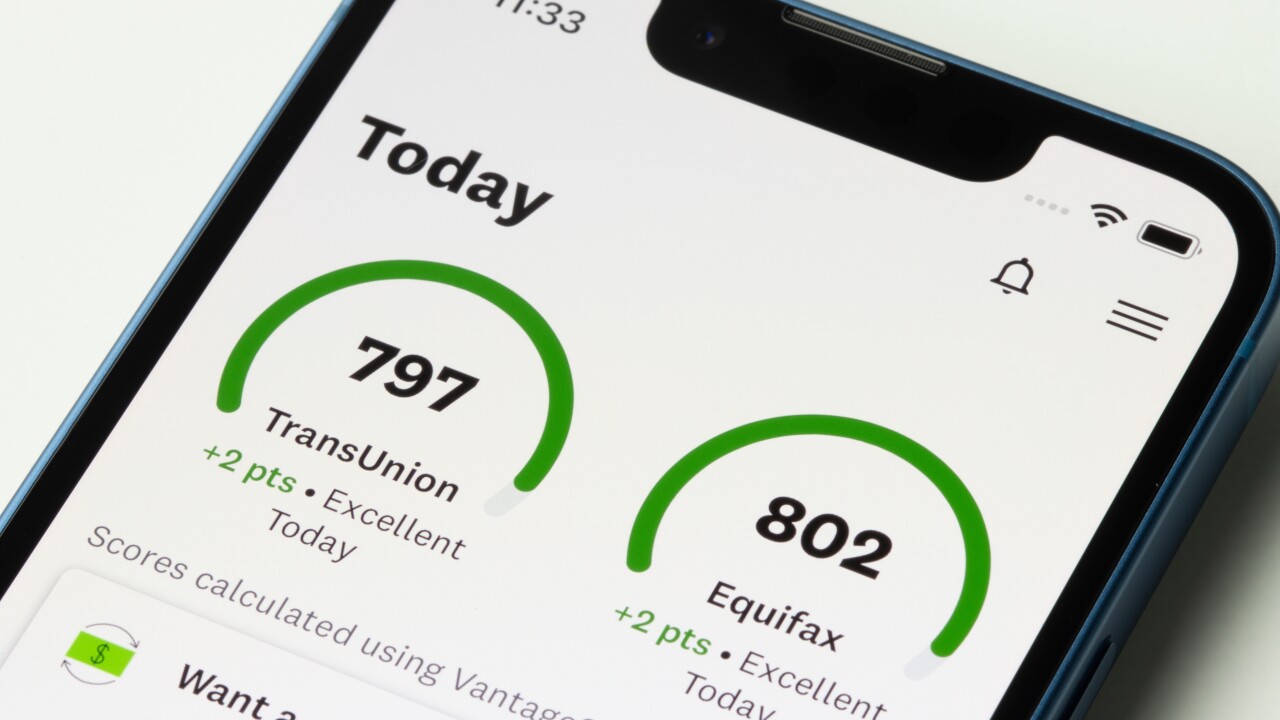Unusual upticks in
Forbearance tracked in the Mortgage Bankers Association's Loan Monitoring Report rose for the first time since October 2022. Also, delinquencies jumped notably to their second highest point in 18 months in Intercontinental Exchange's earlier First Look report.
Experts had mixed opinions on how much to read into what was a historically significant but numerically small rise overall in the low level of forbearance by 2 basis points to 0.23%, and the more marked 45 basis point jump in the mortgage delinquency rate to 3.49%.
Both reports noted June reporting ended on a Sunday which can artificially inflate numbers. However, reports from both the association and an analysis of the numbers released by DLS Servicing on Tuesday indicated there are broader signs of performance concerns.
"An educated guess is that the delinquencies are up due to the inflationary pressures with lack of wage growth, added to increased credit debt that is catching up with many households," said Donna Schmidt, managing director of DLS Servicing, in an emailed press statement.
Schmidt indicated that the recent mild uptick in the unemployment rate also could be contributing.
"We have seen a significant increase in the number of borrowers requesting forbearance due to a loss of jobs," she said.
In addition, an increase in
"There were several factors that impacted homeowners, including the uptick of severe weather events that hit multiple areas of the country," she said.
The MBA found that the bulk or 75.9% of forbearance resulted from events that included job loss, death, divorce or disability; and 16.2% stemmed from the impact of disasters. The remainder or 7.9% of people in forbearance are in it due to COVID-19.
The uptick in forbearance was concentrated in mortgages sold into Ginnie Mae-guaranteed securitizations, which other government entities back at the loan level, according to the MBA. The forbearance share for these loans rose 5 basis points to 0.44%.
In comparison, loans sold to government-sponsored enterprises Fannie Mae and Freddie back experience were only up by a single basis point at 0.11%. The forbearance rates for mortgages in the private market's bank portfolios or securitizations was unchanged at 0.31%.
"The performance of both loan workouts and overall servicing portfolios weakened, particularly for government loans," Walsh said.
Loans in Ginnie securitizations tend to be made to borrowers with income constraints and less of a financial buffer against unexpected hardships, so they're more sensitive to performance issues and can be an early indicator of broader concerns in the market.
Foreclosure numbers remain relatively low in multiple reports. That is in part because foreclosures can have relatively long timelines, which have been normalizing somewhat since the pandemic but still vary widely by state, according to
Out of 143.4 million homes in the United States, 46,237 are vacant due to foreclosure, according to a recent report by LendingTree.
"One of the main reasons why foreclosures aren't common is because most homeowners are sitting on mortgage rates below 5% and thus have very manageable monthly payments," Jacob Channel, LendingTree's senior economist and report author said in an emailed statement.
"On top of that, strict lending standards implemented in the wake of the Great Recession help to ensure that, even if their rates and payments are high, people who get mortgages aren't likely to default on them," he added.
An additional reason foreclosures have been low has been innovation that has occurred in foreclosure prevention programs since the pandemic. These give more borrowers easier access to options but raise the question of what happens when they fail to return loans to paying status
"Foreclosure can be avoided more easily. However, at what point is there an accountability for those borrowers who simply cannot afford the properties?" Schmidt asked.





